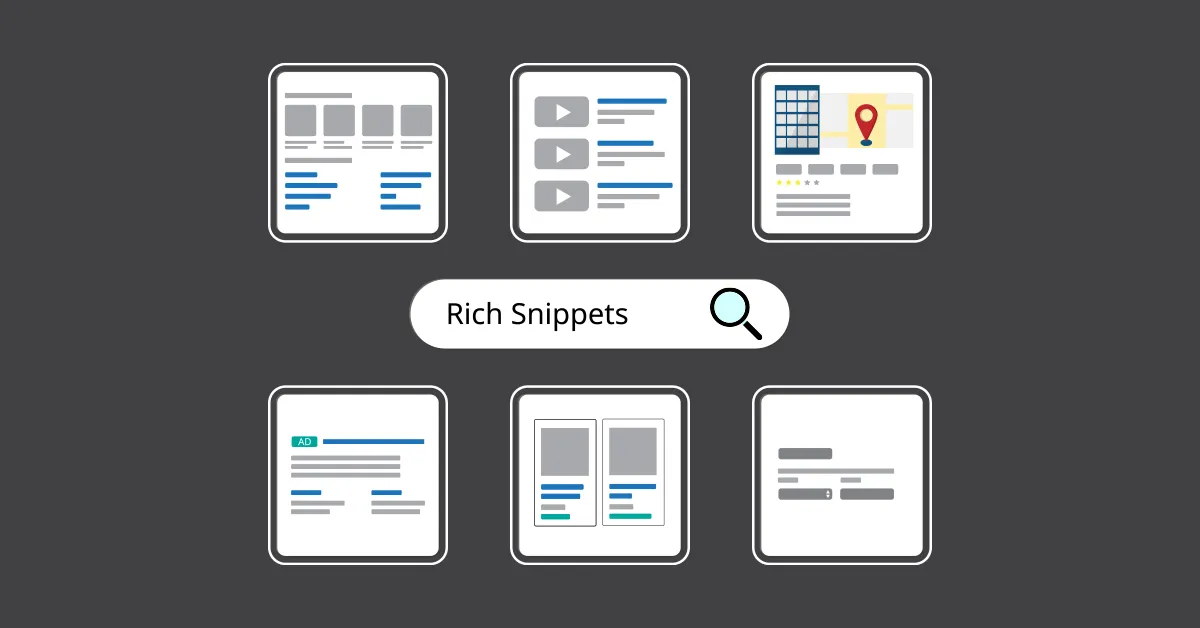How Rich Snippets can add Value to your Site

Searching for information on Google can sometimes be a trying task, a sea of sitelinks and meta descriptions flood SERPs. Selecting a site can sometimes be a shot in the dark as often times descriptions can be misleading. Enter rich snippets. Rich snippets were introduced by Google way back in 2009 as a way to display as much information about a site to a user before they even click on a link. Surprisingly many sites are still not taking advantage of their benefits.
Benefits of Rich Snippets
Enhanced User Experience – Marking up structured data provides the user with more relevant information in SERPS letting them know the site is relevant to their query.
Increased CTR – When your search result shows up with pretty markups such as review stars, it can really stand out among the competition. Because of this, your site is more likely to get that click when you have structured data marked up. In fact, studies show that websites using rich snippets can see up to a 30% increase in CTR.
Decreased Bounce Rate – Because the marked up result provides additional information, it is more likely to bring in more relevant traffic, and users will enter your site further down the conversion funnel which in turn will result in a decreased bounce rate.
Deciding what to mark up
If you are already convinced that you would like to implement rich snippets on your site, you’ll have to decide few more things. First and possibly most importantly, what do you want to mark up on your site? This all depends on what type of site you are running. For example, if your site showcases recipes, you may want to mark up a photo of the completed dish as well as reviews given to the recipe:
If you run an ecommerce site, marking up starting price of an item as well as reviews will be a good choice. If you have a blog, you will want to mark up the author by linking their Google+ profile to the blog post they have authored which will result in their profile picture displaying in SERPs.
Other items that can currently be marked up are business contact details, music, video content, breadcrumbs & events.
Implementing Rich Snippets
Once you have identified your key markup opportunities, you will need to decide on a format. Currently, there are three different formats supported, microdata, microformats and RDFa. Google has publicly stated that it prefers microdata, so we would strongly suggest moving forward with this format. For more information on this format, including markup details, visit http://www.schema.org. Once you have implemented markups, you can test them using this structured data testing tool.



